Assessment approaches
Diagnostic assessment is completed before teaching a topic or concept to assess what students already know. Adjustments can then be made to the teaching schedule.
Formative assessment is where information is gathered continuously and used by teachers to adjust their teaching strategies, and students to adjust their learning strategies.
Summative assessment can be a class test, quiz or a formal standardised assessment such as NAPLAN. Used to grade, measure and track students’ progress.

Assessment approaches
Assessment practices
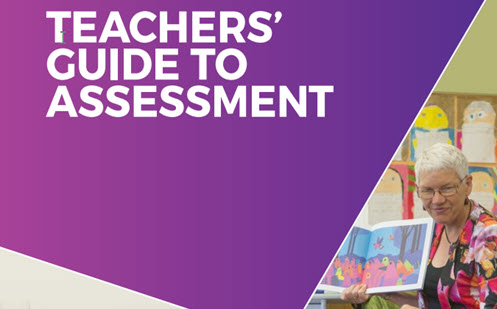
A guide to assessment practice for teachers in Australia (from ACT Catholic Education)
Diagnostic assessment
A diagnostic assessment is commonly given before a concept is taught and then repeated after teaching (pre- and post-assessment), to see how students’ thinking and understanding have developed. Teachers use the diagnostic assessment data to plan which areas they need to spend more time on. Teachers can also use diagnostic assessments to identify common misconceptions and create individualised learning programs for those students who need individual support and extension. Regardless of what type of assessment tool is chosen, sufficient time must be factored into the assessment process for considered analysis of the data.
Points to consider before choosing/investing in a particular diagnostic tool:
- What is the purpose of the assessment?
- How will the data be used and by whom?
- How will students receive feedback?
- When will the assessment be administered?
- On what platform will the assessment be administered?
- How long does the assessment take to administer?
- On what evidence is the tool based?
There are many diagnostic tools available, some free and some with a one-off or ongoing cost.
Freely available diagnostic tools
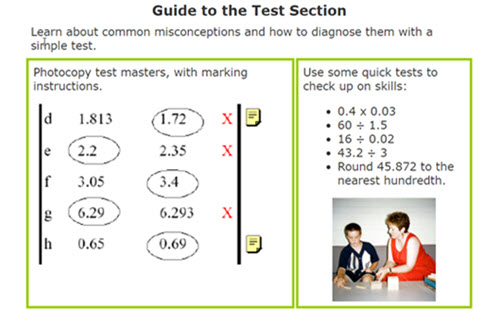
This is an online or paper assessment which aims to identify misconceptions students have about decimal notation. The test is quick to administer and full details are given on how to analyse the data.

First Steps Mathematics is a series of teacher resource books that is organised around sets of mathematics outcomes for Number, Measurement, Space, and Chance and Data. The series will help teachers to diagnose, plan, implement and judge the effectiveness of the learning experiences they provide for students.
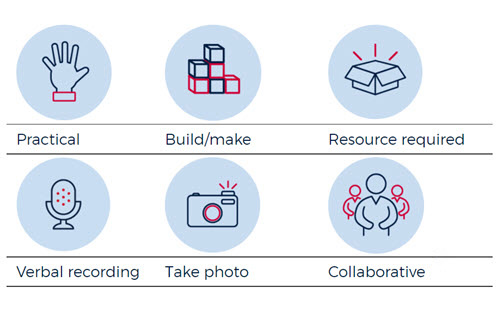
Mathematics Stage 1 Diagnostic Tests NSW (Draft)
This resource is related to the Stage 1 key ideas and may assist teachers in making professional judgements about student progress and tailor teaching and learning experiences.
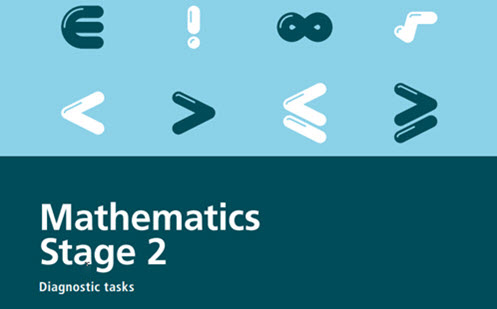
Mathematics Stage 2 Diagnostic Tests NSW
This resource is related to the Stage 2 key ideas and may assist teachers in making professional judgements about student progress and tailor teaching and learning experiences.
Available within state only

This page shows the range of assessments offered in NSW for literacy and numeracy. These include the Best Start Kindergarten and Year 7 assessments, the interview for student reasoning and short assessments. (See also the Stage 1 (Draft) and Stage 2 assessments listed in the freely available section.)
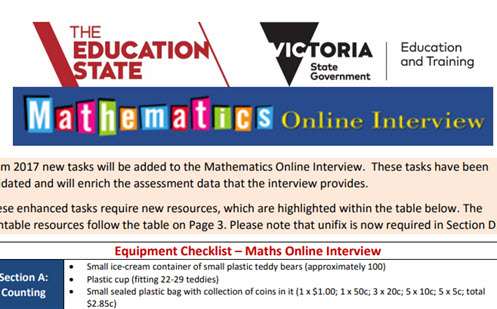
Mathematics Online Interview (VIC)
A one-to-one interview to uncover student’s existing mathematical knowledge.
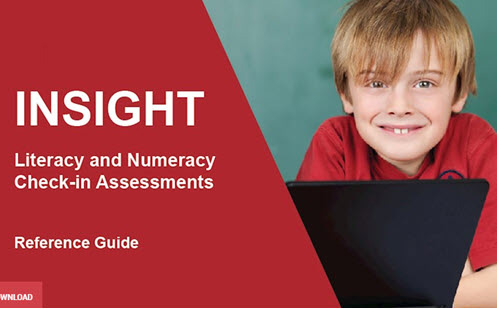
Insight reference guide: check-in assessments (VIC)
For students in Year 5 to Year 9. An online assessment to assess proficiency in numeracy and literacy.
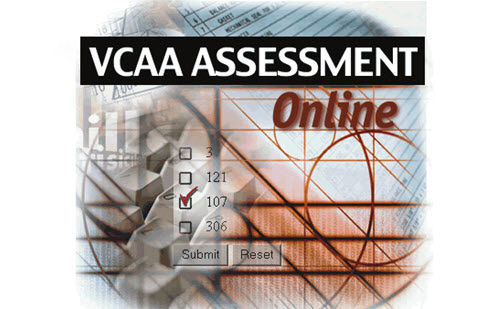
The VCAA On Demand testing program has been developed to enable teachers to assess student achievement through access to tests prepared by the VCAA. This program is available for students in Year 3 to Year 10.
Formative assessment
Formative assessment is low-stakes, non-graded, continuous assessment that is focused on making frequent, minor adjustments to teaching to improve student learning. The goal of formative assessment is to monitor student learning and to provide ongoing feedback. This feedback can be used by instructors to improve their teaching and by students to improve their learning.

Professional Practice Note 6: Formative Assessment (VIC)
An overview of the purpose and practice of formative assessment.
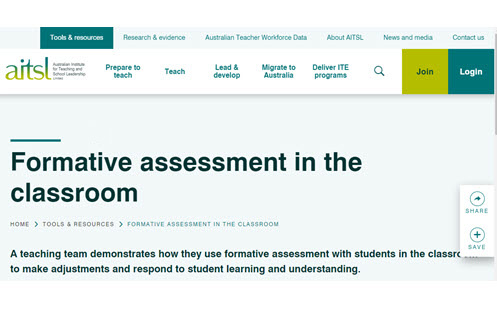
Formative assessment in the classroom
An AITSL illustration of practice, where a team of teachers demonstrate how they use formative assessment in the classroom.
Summative assessment
Summative assessment is used to measure where a student is at the end of a sequence of learning. A diagnostic assessment can be used as a summative assessment, if it is repeated at the end of a unit, depending on how the data is used. The exams taken at the end of schooling are a form of summative assessment. Standardised tests, such as NAPLAN and PATM, are also summative.
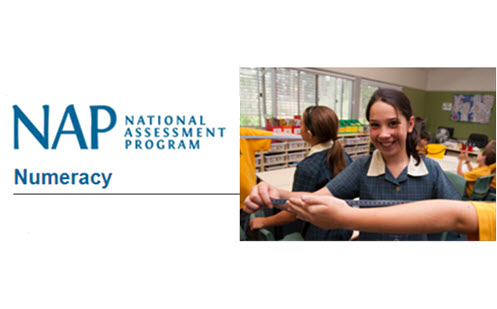
NAPLAN: National Assessment Program – Literacy and Numeracy
NAPLAN is a nationwide assessment for all students in Years 3, 5, 7 and 9. It is a ‘point in time’ assessment designed to track a student’s progress against national standards. Delivered in mid-May each year as an online adaptive test.
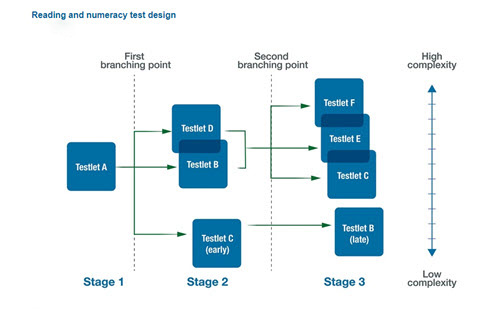
Adaptive or tailored assessment
Many online assessments are called ‘adaptive’ or ‘tailored’. This means that as the student progresses through the test, the level of questions they are given will change depending on their previous responses. For example, the NAPLAN consists of blocks of questions. Depending on how well a student performs in the first block of questions will inform where that student will be directed to in subsequent blocks. This ensures that each student is tested at their level, not offered questions that are too easy or too difficult.
International assessments
There are two international assessments that are often reported in the news, PISA and TIMSS. These assessments are used to track how students in different countries are progressing.

Program for International Student Assessment (PISA)
PISA was created by the Organisation for Economic Co-operation and Development (OECD) and measures the ability of 15-year-olds to use their reading, mathematics and science knowledge and skills to meet real-life challenges. It comprises of a two-hour computer-based adaptive-assessment that looks at reading, mathematics, science, global competence and the student’s background. PISA was last administered in 2018, with 79 participating countries and 600,000 students.